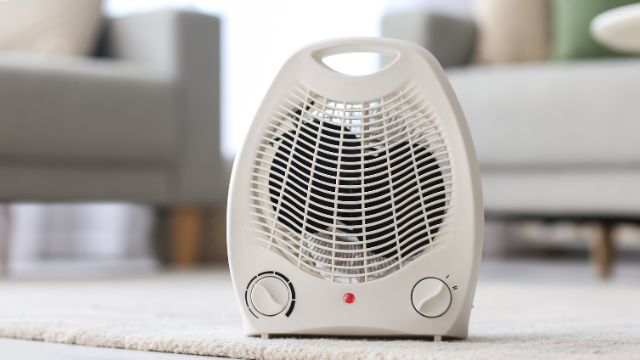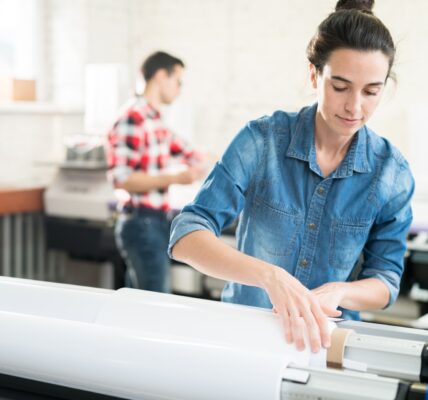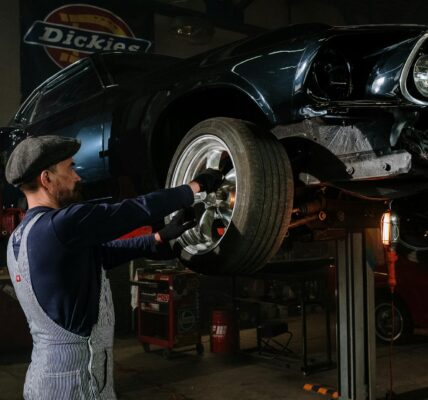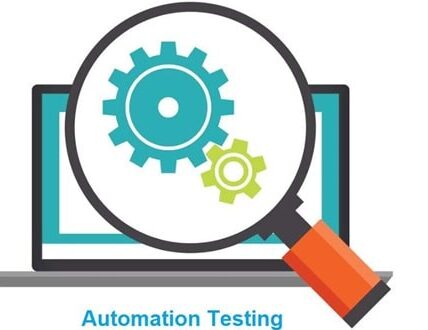It might be annoying to have a room heater designed to keep you warm but instead blowing cold air, especially during the harsh winter months. When this happens to you, don’t panic; there are several possible causes for this problem, and many of them can be fixed with a little troubleshooting.
What are Room Heaters?

A room heater is a small, portable heating device that offers focused warmth inside enclosed rooms. It typically generates heat using fuel sources such as electricity, kerosene, propane, gas, or other fuel types.
There are many different kinds of room heaters, such as electric, convection, radiant, and fan-forced heaters. They are perfect for small spaces, offices, or as an addition to central heating systems since they function by heating the air around them or by generating radiant heat to raise the temperature in a particular region. Room heaters provide energy economy, convenience, and adaptability, enabling people to keep their homes and businesses at appropriate temperatures throughout the winter or in certain rooms.
Here are some common reasons and their fixes
1. Thermostat Setting
Cause: The temperature may be too low.
Fix: Turn the thermostat’s temperature to the desired level, then wait for the heater to turn on.
2. Not Enough Warm-Up Time
Cause: A few minutes are needed for some heaters to warm up and begin to emit hot air.
Fix: Be patient and give the heater time to get up to temperature before using it.
3. Air Filter Blockage
Cause: The efficiency of heating can be decreased by a blocked air filter that limits airflow.
Fix: As per the manufacturer’s guidelines, clean or replace the air filter.
4. Power Concerns
Cause: The heater may not function properly if the power supply is interrupted or if a circuit breaker trip.
Fix: Inspect the power source and reset any blown fuses or circuit breakers.
5. Overheating Safety Feature
Cause: There are safety features on many heaters that switch them off if they become too hot.
Fix: Let the heater cool off before turning it back on. Ensure a well-ventilated space is chosen for placement.
6. Pilot Light or Ignition Problems:
Cause: A broken pilot light or ignition system might prohibit gas or propane heaters from heating up properly.
Fix: To relight the pilot light or troubleshoot the ignition system, adhere to the manufacturer’s recommendations.
7. Blocked Air Vents
Cause: Obstructed vents or a heater too close to a wall might hamper airflow.
Fix: Verify that the air vents are unblocked and that the heater has the appropriate clearance.
8. A defective heating element
Cause: Cold air blowing from an electric heater might be caused by a burned-out or broken heating element.
Fix: Get advice from the manufacturer or a professional to replace the defective heating element.
9. Thermostat Malfunction
Cause: The heater may be unable to reach the correct temperature due to a broken thermostat.
Fix: Consider getting the thermostat replaced or serviced by a pro.
10. Problems with the fuel supply (gas or propane heaters)
Cause: A breakdown in the fuel supply might result in frigid air blowing from a gas or propane heater.
Fix: Verify there are no gas leaks and that the gas or propane supply is turned on. When you detect a gas leak, turn off the gas and call a professional.
11. Faulty Blower Motor
Cause: The blower motor is in charge of moving heated air. The heater might not blow hot air if it’s broken.
Fix: Speak with a specialist to analyze the blower motor and, when necessary, fix or replace it.
12. Improper Fan Setting
Cause: Some heaters have different fan settings, including one that merely blows air and doesn’t generate heat.
Fix: Make sure the heater is turned on for the proper heating mode rather than just the fan mode.
13. Low Fuel Levels (Kerosene Heaters)
Cause: Kerosene heaters must have enough fuel to function properly. Cold air blowing may result from low fuel.
Fix: Inspect and top off the kerosene tank as needed.
14. Blockage or contamination of the heat exchanger (gas heaters)
Cause: A clogged or dirty heat exchanger in a gas heater can prevent heat from being transferred.
Fix: To ensure effective heating, have a competent technician examine and clean the heat exchanger.
15. Malfunctioning Temperature Sensor
Cause: Some heaters control their heat output via temperature sensors. A malfunctioning sensor may hamper the heating process.
Fix: Have the temperature sensor evaluated, and it may be replaced by a professional or the product’s maker.
16. Inaccurate Position
Cause: The heater’s capacity to maintain a warm environment can be compromised if installed incorrectly, such as close to drafts or open windows.
Fix: To improve heating performance, move the heater away from drafts to the middle of the space.
How to prevent this trouble?
Maintain frequent filter cleanings, allow adequate space around the heater, abide by the manufacturer’s fuel and power supply recommendations, and arrange recurring professional inspections to prevent common problems with room heaters. To avoid problems, keep heaters out of drafts, ensure enough ventilation, and operate them at the recommended temperature.
Conclusion
After attempting these remedies, if your room heater is still not producing hot air, it might be time to refer to the owner’s manual or contact a trained professional. Ensure safety and adhere to the manufacturer’s maintenance and repair instructions when troubleshooting. When troubleshooting, keep safety in mind and, if necessary, seek the advice of a competent technician or the manufacturer’s manual for more complicated problems. Regular upkeep, such as filter cleaning and component inspection, can also aid in preventing issues with your room heater.

Santosh Kumar is an editor at unfoldstuffs.com and a professional content writer. With years of experience he is passionate for creating engaging, informative and impactful topics.








